- Have any questions?
- +86-189 8930 5995
- sales@mosinterchem.com.cn
Coenzyme Q10 CAS 303-98-0

Lemon Oil CAS 8008-56-8
21/12/2018
2-Ethyl-1-hexanol CAS 104-76-7
21/12/2018| Model: | MOS303-98-0 |
| Brand Name: | MOSINTER |
| CAS No.: | 303-98-0 |
| Density: | 0.97g/cm3 |
| Flashing point: | 324.5°C |
| Melting Point: | 48-52℃ |
| Boiling point: | 869°C at 760 mmHg |
| Vapour pressure: | 1.23E-30mmHg at 25°C |
Coenzyme Q10 (CAS: 303-98-0)
| Item | Index |
| Appearance | Yellow to orange crystalline powder |
| Assay (Coenzyme Q10) | 98.0-101.0% |
| Odor | Odorless and no taste |
| Water | ≤ 0.2% |
| Residue on ignition | ≤ 0.1% |
| Heavy metals | ≤ 20ppm |
| Melting point | 48 °C |
| Chromatographic purity | Coenzymes Q7,Q8,Q9,Q11 and related impurities ≤ 1.0% |
| Ubidecarenone(2Z)-isomer and related impurities ≤ 1.0% | |
| Total impurities : ≤ 1.5% |
Coenzyme Q10, also known as ubiquinone, ubidecarenone, coenzyme Q, and abbreviated at times to CoQ10 , CoQ, or Q10 is a 1,4-benzoquinone, where Q refers to the quinone chemical group, and 10 refers to the number of isoprenyl chemical subunits in its tail.
This oil-soluble, vitamin-like substance is present in most eukaryotic cells, primarily in the mitochondria. It is a component of the electron transport chain and participates in aerobic cellular respiration, generating energy in the form of ATP. Ninety-five percent of the human body’s energy is generated this way. Therefore, those organs with the highest energy requirements—such as the heart, liver and kidney—have the highest CoQ10concentrations. There are three redox states of CoQ10: fully oxidized (ubiquinone), semiquinone (ubisemiquinone), and fully reduced (ubiquinol). The capacity of this molecule to exist in a completely oxidized form and a completely reduced form enables it to perform its functions in the electron transport chain, and as an antioxidant, respectively.
Chemical properties
The oxidized structure of CoQ10 is shown on the top-right. The various kinds of Coenzyme Q can be distinguished by the number of isoprenoid subunits in their side-chains. The most common Coenzyme Q in human mitochondria is CoQ10. Q refers to the quinone head and 10 refers to the number of isoprene repeats in the tail. The image below has three isoprenoid units and would be called Q3.
Biochemical role
CoQ10 is found in the membranes of many organelles. Since its primary function in cells is in generating energy, the highest concentration is found on the inner membrane of the mitochondrion. Some other organelles that contain CoQ10 include endoplasmic reticulum, peroxisomes, lysosomes, and vesicles.
CoQ10 and electron transport chain
CoQ10 is fat-soluble and is therefore mobile in cellular membranes; it plays a unique role in the electron transport chain (ETC). In the inner mitochondrial membrane, electrons from NADH and succinate pass through the ETC to oxygen, which is reduced to water. The transfer of electrons through ETC results in the pumping of H+ across the membrane creating a proton gradient across the membrane, which is used by ATP synthase (located on the membrane) to generate ATP. CoQ10 functions as an electron carrier from enzyme complex I and enzyme complex II to complex III in this process. This is crucial in the process, since no other molecule can perform this function (Note: recent research now establishes that Vitamin K2 co-performs this role with CoQ10). Thus, CoQ10 functions in every cell of the body to synthesize energy.
Antioxidant function of CoQ10
The antioxidant nature of CoQ10 derives from its energy carrier function. As an energy carrier, the CoQ10 molecule continuously goes through oxidation-reduction cycle. As it accepts electrons, it becomes reduced. As it gives up electrons, it becomes oxidized. In its reduced form, the CoQ10 molecule holds electrons rather loosely, so this CoQ molecule will quite easily give up one or both electrons and, thus, act as an antioxidant. CoQ10 inhibits lipid peroxidation by preventing the production of lipid peroxyl radicals (LOO). Moreover, CoQH2 reduces the initial perferryl radical and singlet oxygen, with concomitant formation of ubisemiquinone and H2O2. This quenching of the initiating perferryl radicals, which prevent propagation of lipid peroxidation, protects not only lipids but also proteins from oxidation. In addition, the reduced form of CoQ effectively regenerates vitamin E from the a-tocopheroxyl radical, thereby interfering with the propagation step. Furthermore, during oxidative stress, interaction of H2O2 with metal ions bound to DNA generates hydroxyl radicals, and CoQ efficiently prevents the oxidation of bases, in particular, in mitochondrial DNA. In contrast to other antioxidants, this compound inhibits both the initiation and the propagation of lipid and protein oxidation. It also regenerates other antioxidants such as vitamin E. The circulating CoQ10 in LDL prevents oxidation of LDL, which may provide benefit in cardiovascular diseases.
You must be logged in to post a review.

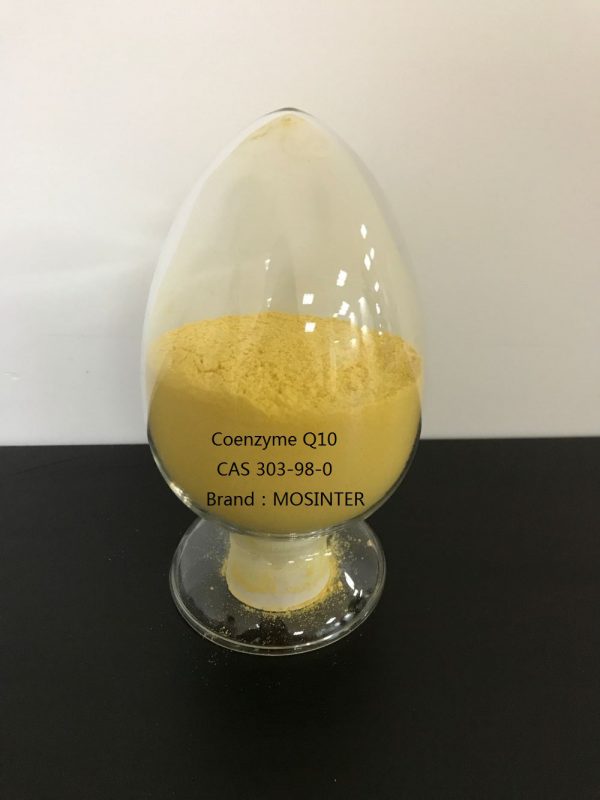
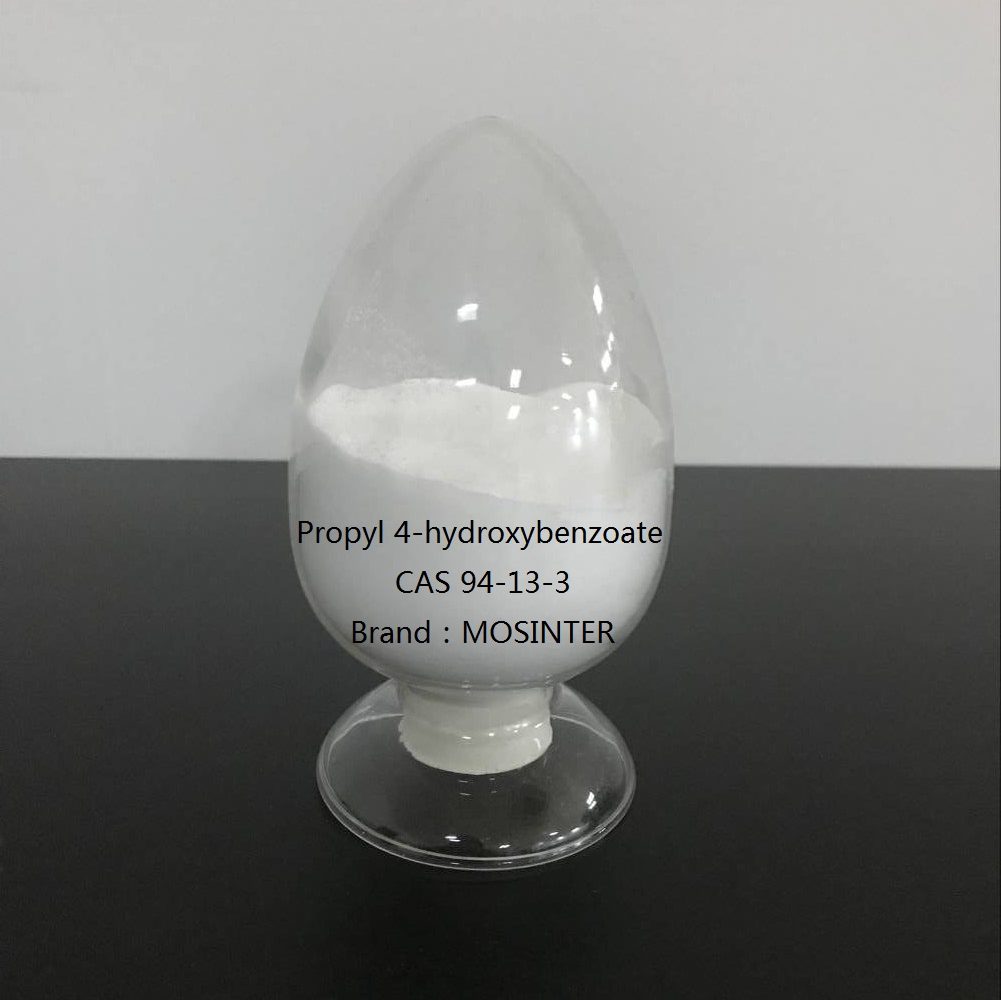
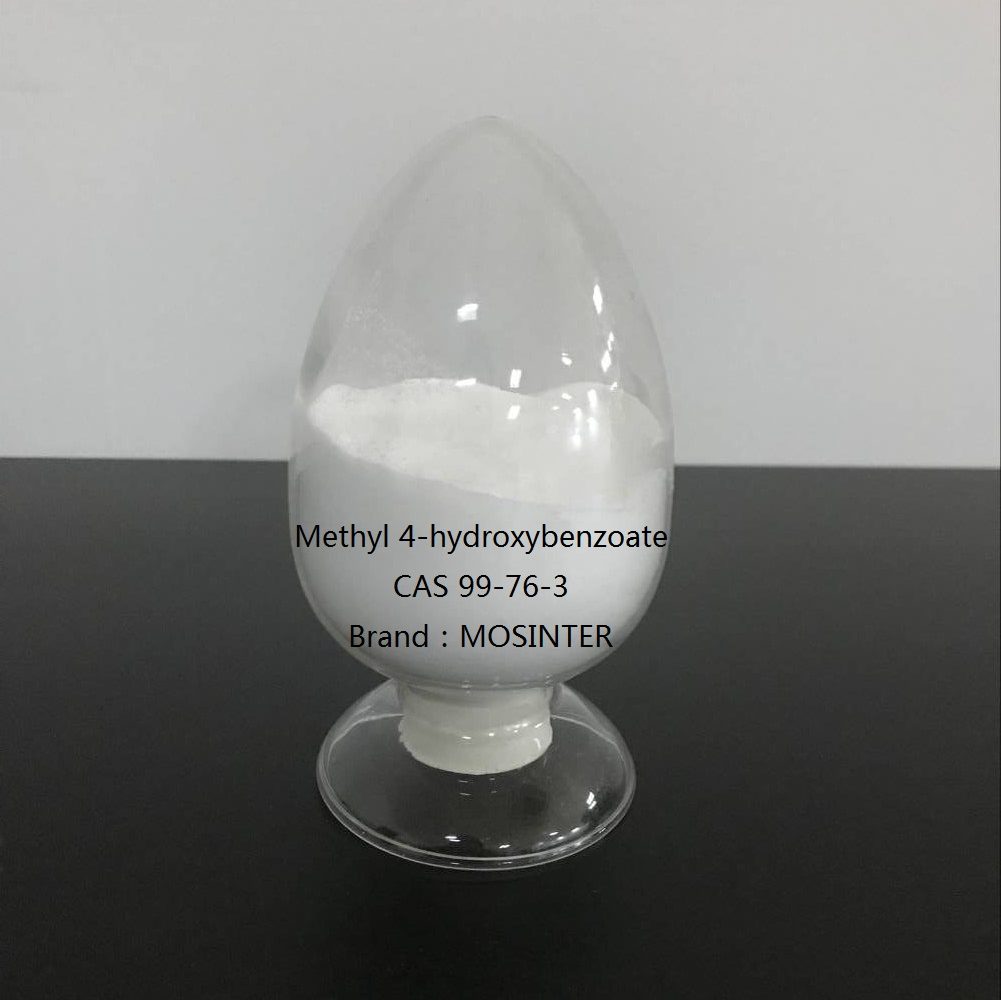
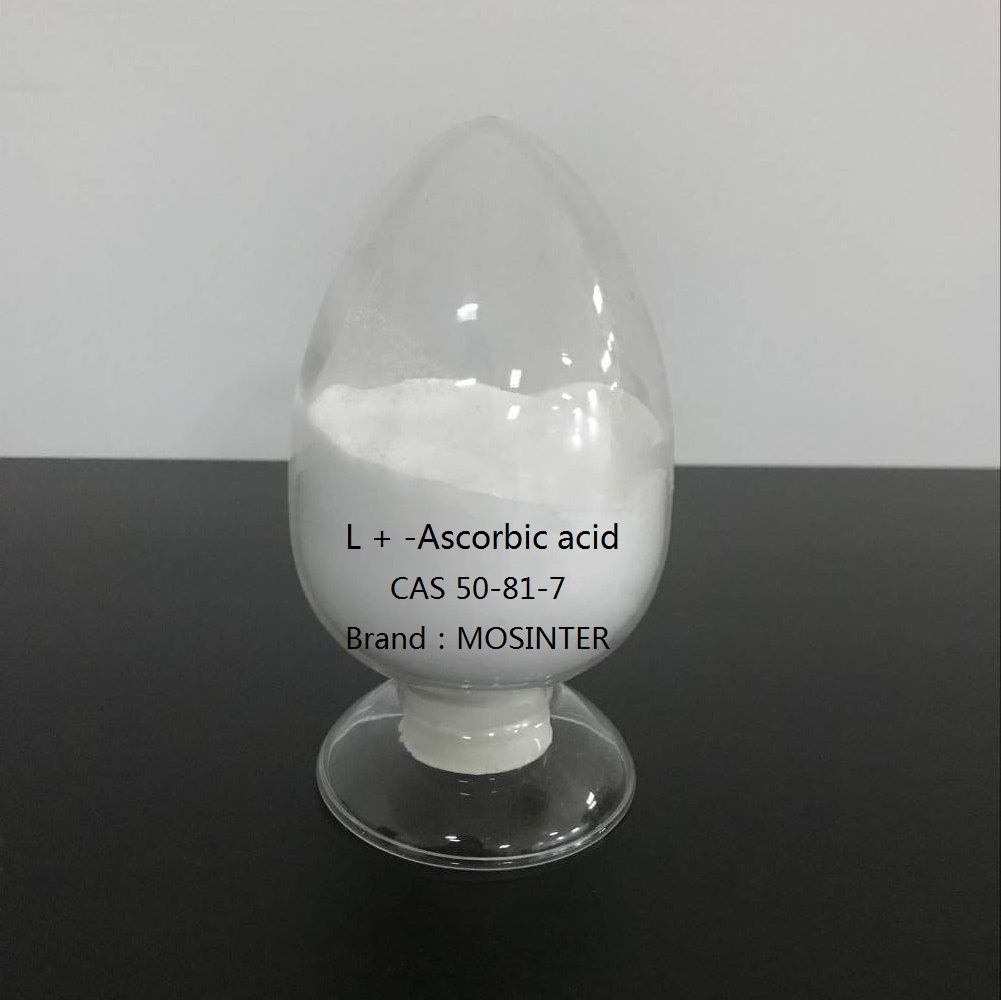
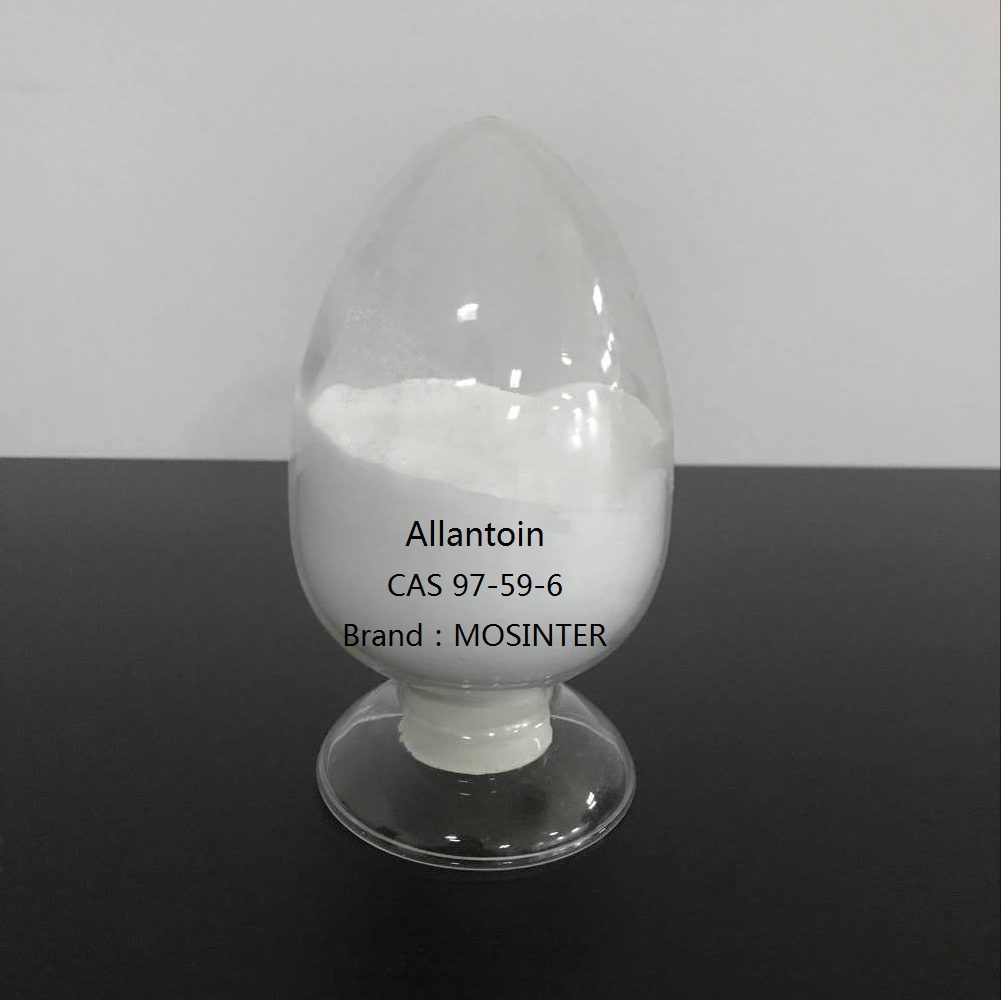
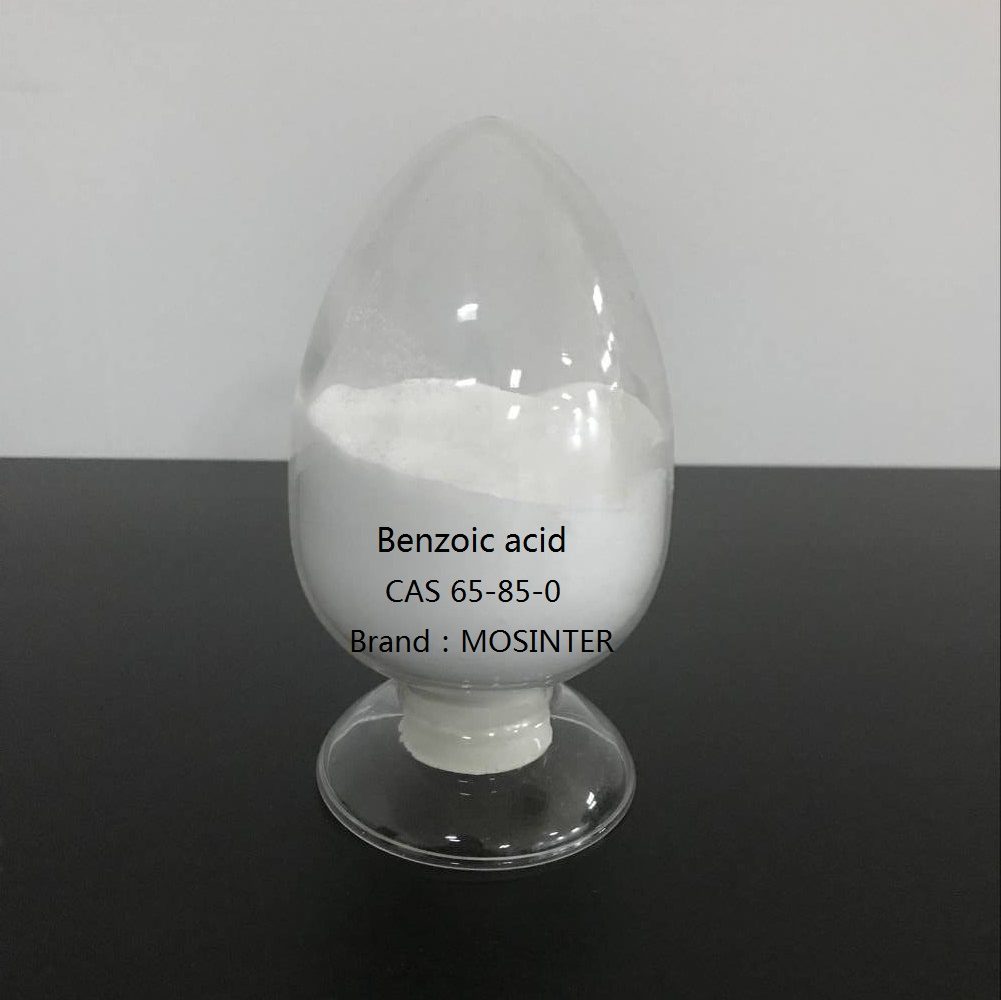
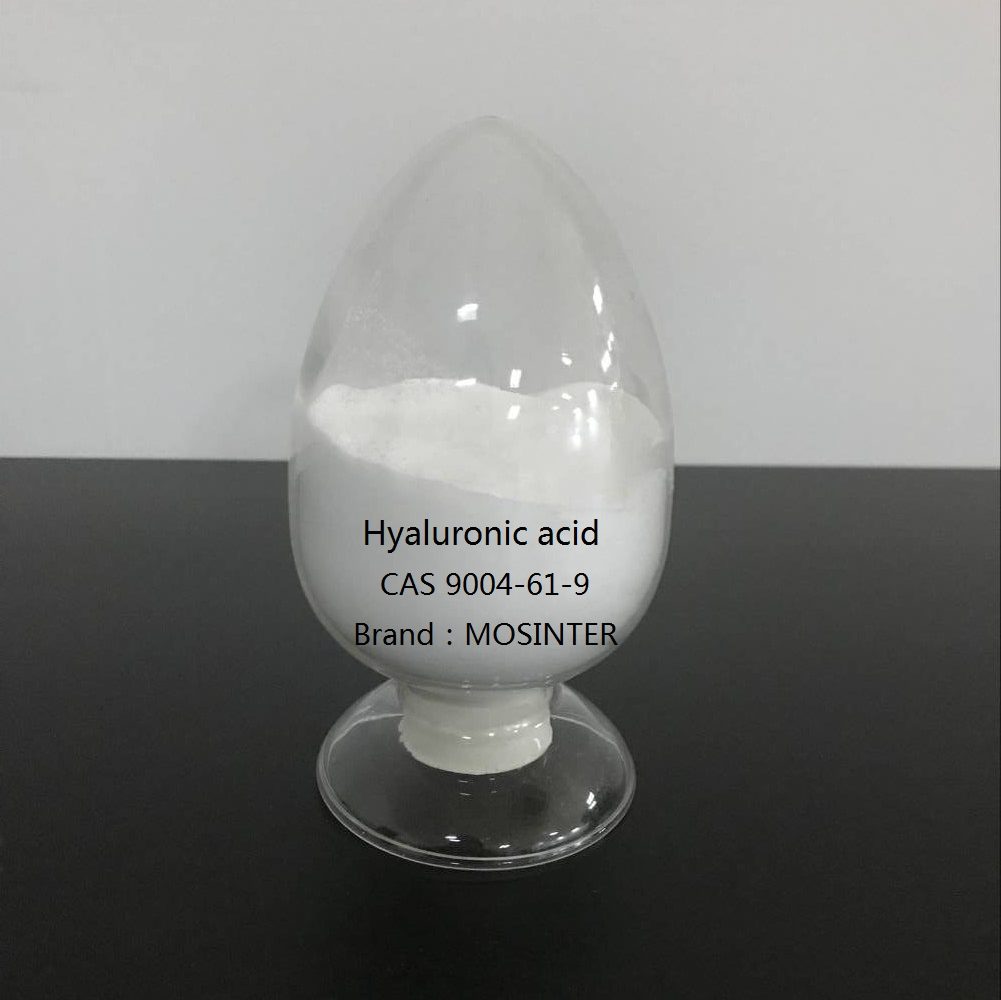
Reviews
There are no reviews yet.